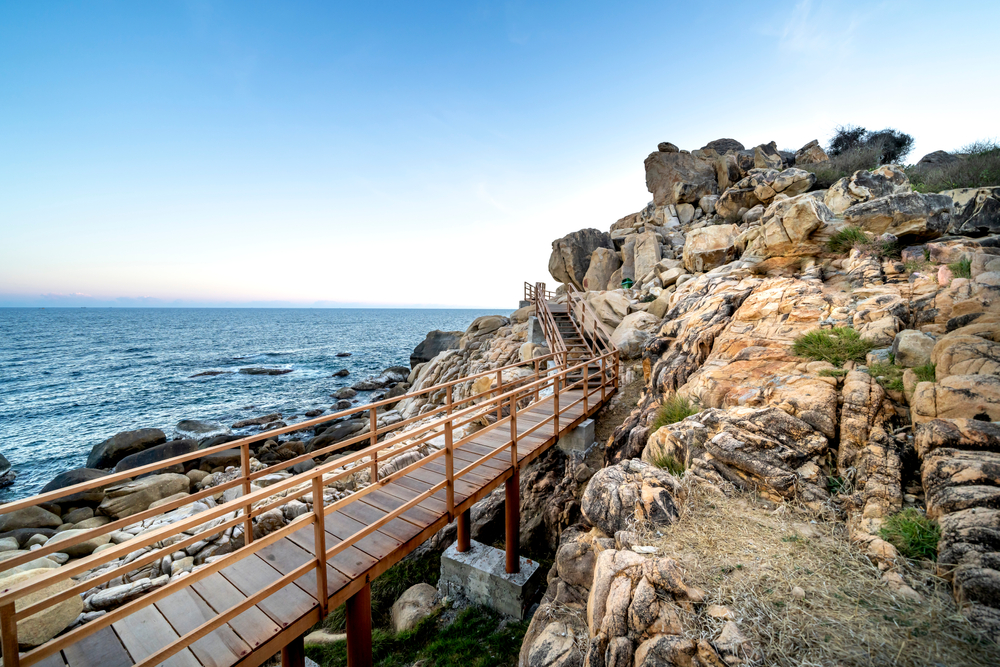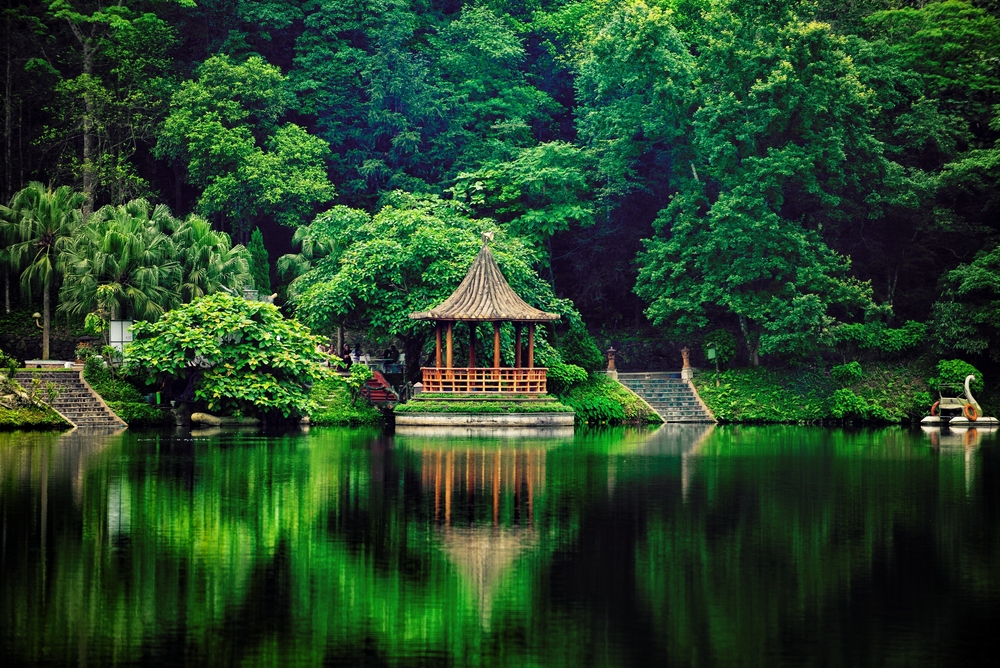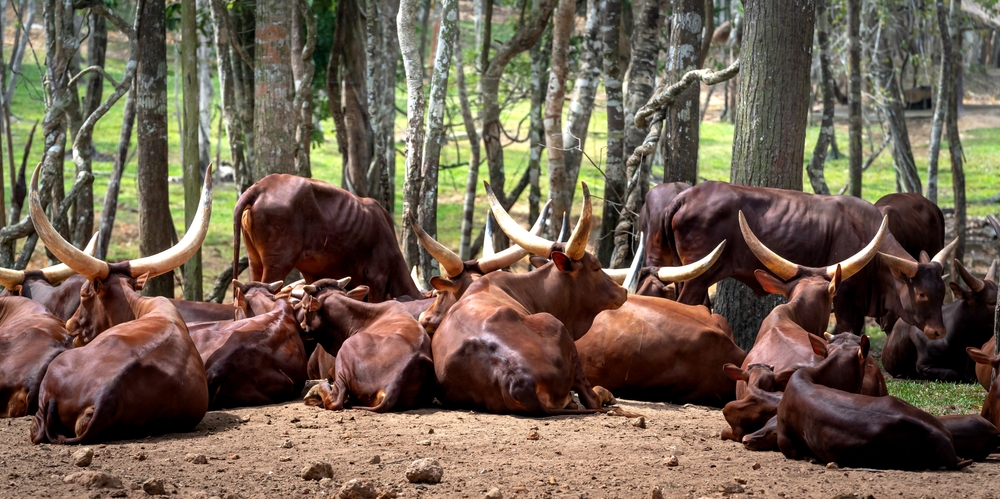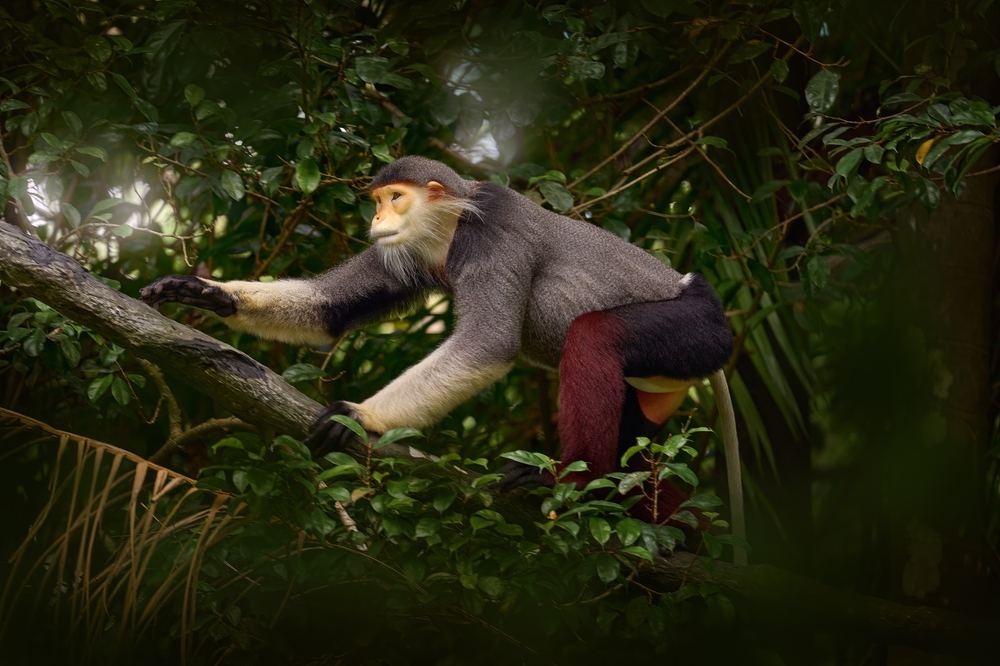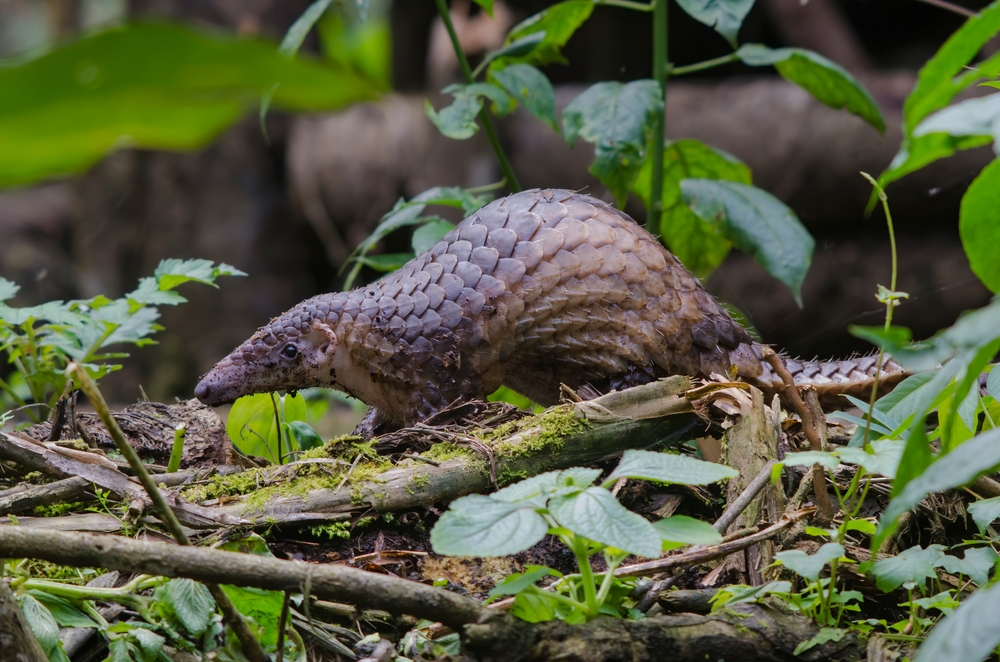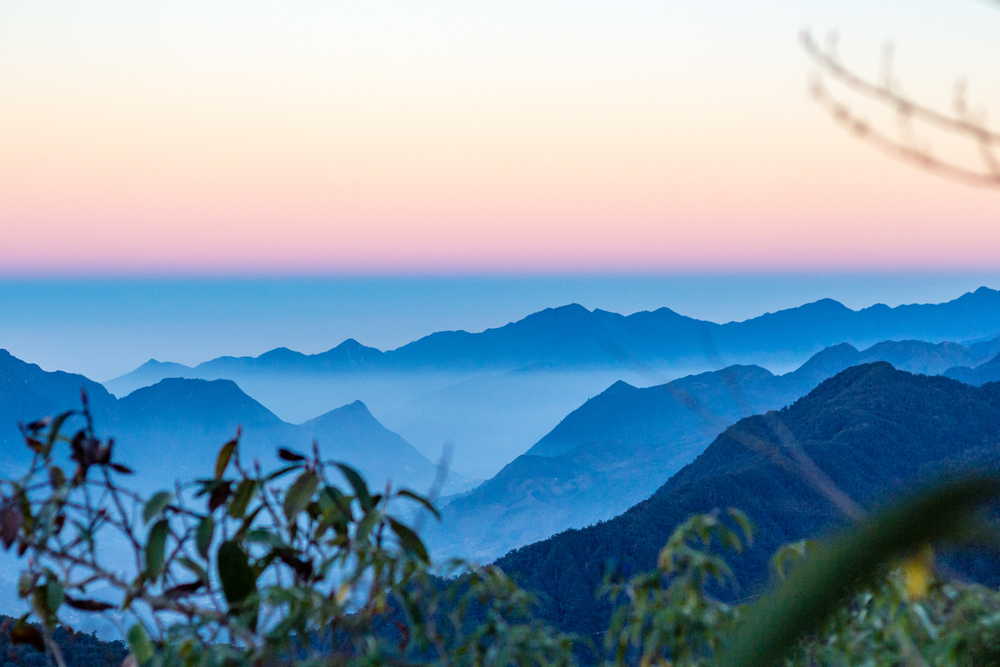Núi Chúa Overview
Núi Chúa National Park, located in Ninh Thuận Province in southern Vietnam, is a unique ecological treasure. Known locally as Vườn quốc gia Núi Chúa, this remarkable park spans an area of approximately 296 square miles (768 square kilometers). Nestled along the southeastern coastline of the country, Núi Chúa is renowned for its striking arid landscapes, rare biodiversity, and proximity to the South China Sea.
The park is bordered by the rugged coastline on one side and the imposing Núi Chúa mountain range on the other, offering a spectacular combination of ecosystems that sets it apart from other national parks in Vietnam.
The terrain of Núi Chúa National Park is characterized by its dry, rocky mountains and undulating hills, with the highest peak, Núi Chúa, rising to an elevation of 3,373 feet (1,028 meters). Unlike Vietnam’s more tropical parks, Núi Chúa features a semi-arid climate, which has shaped its distinctive environment.
The vegetation primarily consists of drought-tolerant plants such as cacti, thorny shrubs, and dry deciduous forests, alongside pockets of evergreen forest in higher elevations. This variety in flora is complemented by striking geographical features like Hang Rái, a breathtaking coastal area known for its coral reef fossil formations and photogenic rock structures. Waterfalls like Suối Lồ Ô add a touch of greenery and vibrancy to the otherwise arid landscape.
Wildlife in Núi Chúa is equally impressive and diverse, reflecting the park’s unique climatic and geographic conditions. The park is home to over 200 bird species and 60 mammal species, making it a haven for wildlife enthusiasts.
Key mammals include the sun bear, the leopard, and the endangered gaur, while birdwatchers might catch sight of the rare oriental pied hornbill or the beautiful black-headed woodpecker. The park also supports a variety of reptiles and amphibians, as well as marine species in its coastal and coral reef areas, including sea turtles that use the beaches as nesting grounds.
Visitors to Núi Chúa National Park often flock to Hang Rái for its picturesque views and opportunities for snorkeling and diving in nearby waters. Hiking and trekking are popular ways to explore the rugged terrain, with trails offering panoramic views of the mountains and sea. For those interested in local culture, visits to nearby Cham villages provide insights into the region’s traditional ways of life. Additionally, Núi Chúa’s pristine beaches, such as Bình Tiên, attract sunseekers and those looking for peaceful coastal retreats.
Despite its natural beauty, the park faces conservation challenges, particularly from climate change, overfishing, and human encroachment. However, Núi Chúa has been a success story in marine turtle conservation, with dedicated programs that protect nesting areas and promote awareness. Its designation as a UNESCO Biosphere Reserve underscores its global ecological importance and ensures ongoing conservation efforts.








































































